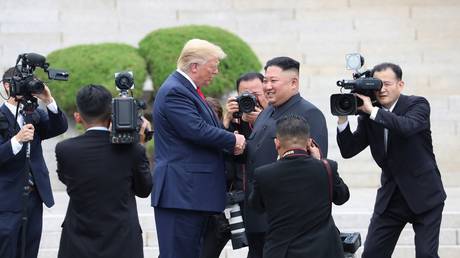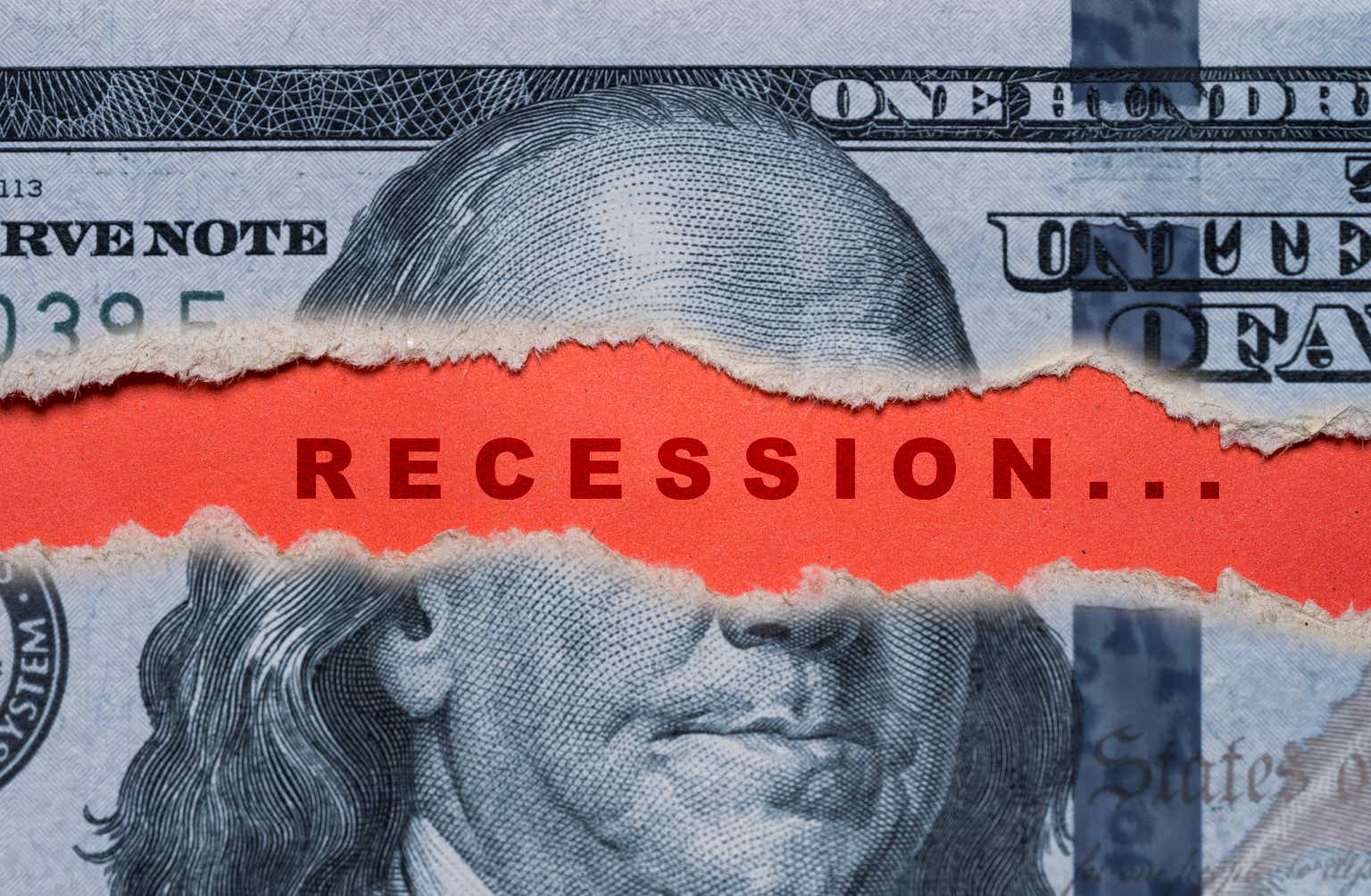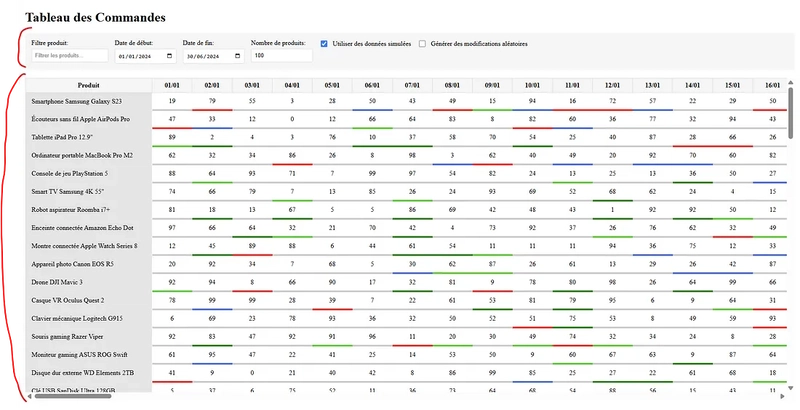We barely recycle any EV batteries, but it would make us far less dependent on China
Despite an escalating trade war, the U.S. remains dependent on China for key imports, including electric vehicle (EV) batteries. The U.S. EV market continues to grow, but unless things change dramatically, so too will U.S. dependence on Chinese batteries.

Despite an escalating trade war, the U.S. remains dependent on China for key imports, including electric vehicle batteries. The U.S. electric vehicle market continues to grow, but unless things change dramatically, so too will U.S. dependence on Chinese batteries.
Chinese firms control more than 70 percent of global battery manufacturing capacity. Unless the U.S. is willing to give up on electric vehicles, which would be unwise as well as unrealistic, national and economic security concerns dictate that policymakers must find a way to reduce dependence on Chinese battery imports.
Fortunately, there is a lower-cost way of doing just that: recycling.
A few months ago, we set out to assess just how dependent the U.S. is on Chinese imports of lithium-ion batteries, the sort most commonly used in electric vehicles, and how practical it might be to develop alternative supply chains. Our findings are sobering: Chinese firms hold a commanding position in virtually all segments of the lithium-ion battery supply chain, and it would be extremely difficult to create U.S.-based alternatives. In particular, U.S. firms have low domestic production capacity.
There is, however, one important exception to this generally dispiriting conclusion: More and more U.S. firms are entering the lithium-ion battery recycling market. This activity is in turn increasing U.S. domestic production capacity in the end-of-life stage of the lithium-ion battery supply chain.
Currently, only 5 percent of lithium-ion batteries in the U.S. are recycled. This is alarmingly low figure, especially when compared to the 99 percent recycling rate for traditional lead-acid car batteries.
That contrast highlights both the scale of the challenge and the potential for progress. If we’ve achieved near-total recycling for one battery type, there’s no reason we can’t aim higher for lithium-ion batteries as well. Unlike other stages of the supply chain, countering China’s dominance in the end-of-life stage therefore builds on existing U.S. strengths and market trends.
Bolstering the U.S. battery recycling industry has several advantages. First, it decreases the environmental impact of electric vehicle batteries, mining for which can generate significant and highly toxic pollution. Second, recycling batteries in America means that fewer will have to be imported from China, increasing material and supply chain security. Third, and perhaps best of all, recycling is a low-cost alternative to completely rebuilding a battery supply chain from scratch. In contrast, trying to make new lithium-ion batteries in the U.S. would likely require extensive taxpayer subsidies and take years to get off the ground.
To be sure, recycling alone isn’t a panacea for America’s lithium battery dependency dilemma. Though less harmful than mining, battery recycling plants can still produce toxic substances and local pollution. And no amount of recycling will completely eliminate the need to import electric vehicle batteries from China. Instead, recycling should be thought of as a simple, lower-cost and commonsense strategy to reduce rather than eliminate import dependence. It also offers a short-term solution to mineral import dependence while domestic mining projects for critical minerals like lithium face legal battles, still years away from production.
Perhaps best of all, investing in battery recycling holds bipartisan appeal. Whether driven by climate goals, economic competitiveness or national defense, lawmakers on both sides of the aisle maintain strong support for energy, materials and supply chain security.
Sen. Bill Cassidy’s (R-La.) Foreign Pollution Fee Act is one example of an effort to reduce dependence on China-centric supply chains. Battery recycling fits squarely into this emerging policy framework. It strengthens domestic supply chains, supports cleaner production, and aligns with other economic priorities. In short, recycling isn’t just good environmental policy—it’s smart industrial strategy.
Policymakers can take several steps to support battery recycling. First, they can consider offering tax credits or other direct incentives to battery recycling operators. The Strategic Electric Vehicle Management Act of 2022, co-sponsored by former Sen. Mitt Romney (R-Utah), aimed to maximize the reuse and recycling of end-of-life electric vehicle batteries in federal fleet vehicles. The act sought to reduce reliance on foreign battery components by promoting domestic recycling and bolster the U.S. supply chain. By potentially framing battery recycling tax credits within the context of bolstering American manufacturing and industrial capabilities, policymakers can find consensus in strategies to boost domestic battery manufacturing through tax credits.
Second, policymakers could help prioritize domestic recycling through federal procurement policies. The federal government is the largest vehicle fleet operator in the country. Requiring a minimum percentage of recycled content in federally procured batteries or electronics would create guaranteed demand, helping de-risk private recycling investment. Federal procurement rules could require that a growing share of electric vehicle batteries used in government fleets — especially by the General Services Administration and the Department of Defense — contain a minimum percentage of domestically recycled critical minerals.
This could also be expanded to technologies like drones or portable power systems used for defense purposes. The EPA already has procurement standards that prioritize recycled materials in everything from office supplies to steel. Expanding this logic to batteries is a natural next step.
Third, and finally, battery recycling facilities could be included in ongoing efforts to simplify permitting across the federal government, making them easier and quicker to build. In July 2024, Sen. John Barrasso (R-Wyo.) introduced the Energy Permitting Reform Act of 2024 alongside former Sen. Joe Manchin (I-W.Va.). This bipartisan bill aimed to expedite the permitting process for energy and mineral projects, including those related to battery recycling, by reducing bureaucratic delays and fostering domestic energy production. By expediting review timelines and reducing red tape around permitting, policymakers could speed up battery recycling facility development, reducing investment risk and paving a much faster pathway for domestic mineral security.
Electric vehicles will likely continue to make up a growing part of the U.S. vehicle fleet. While dependence on the Chinese market is increasingly expensive and insecure, we can nonetheless reduce it, substantially, through smarter investment in battery recycling.
Scott Moore is practice professor of political science at the University of Pennsylvania and a former U.S. government official. Madeline Craig-Scheckman is a doctoral candidate at Northeastern University











































































